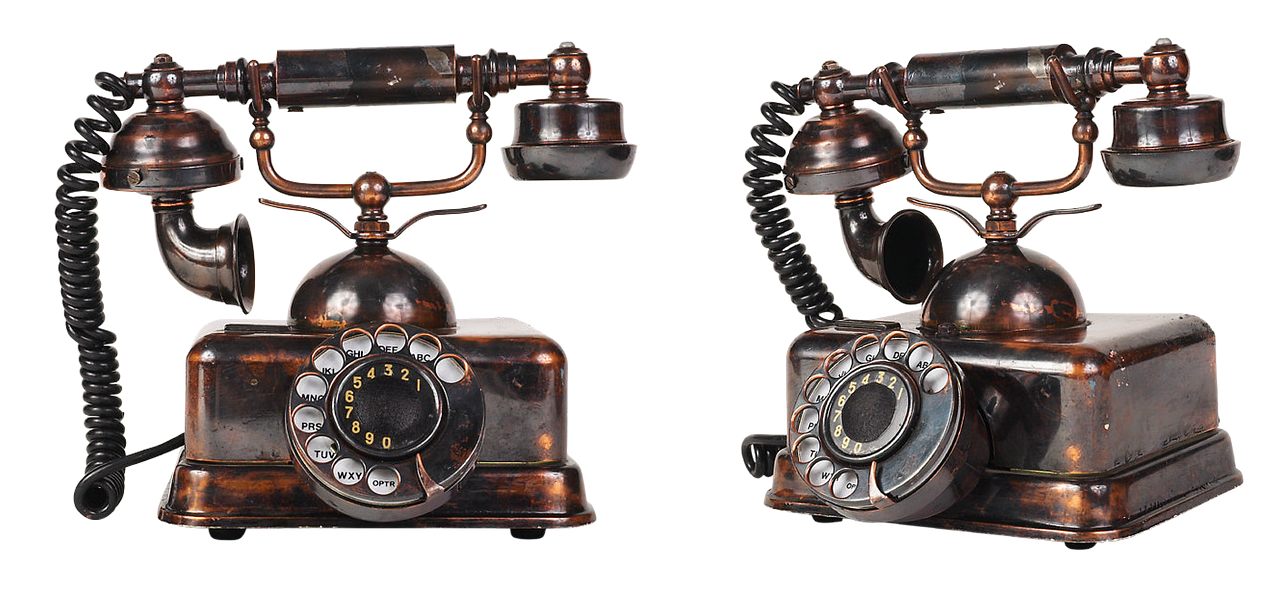During the last few years, WiFi calling has become an option for cellular users. This is particularly exciting for those who use smaller cellular providers, those in rural areas, or those in building with poor cell coverage. But how good is it?
I have two cell phones – one that I use strictly for development and one for general use. A few months ago, I purchased a cell plan for the development phone to use Google Fi. My personal phone uses Verizon. My office is in a concrete building that does a pretty good job blocking cell signals. I do, however, have pretty solid WiFi. So, it only made sense to setup both phones for WiFi calling in my office. Now, no matter what, I can make calls from anywhere in the building.
My Experience
Unfortunately, the only option for WiFi calling on my Google Pixel is on or off. I can’t specify which should receive priority – WiFi or 4G – and I can’t specify what access points to enable WiFi calling on. So, when I’m in my car (with cellular WiFi), my phone uses the car’s WiFi for calling. Hardly optimal given that I pay per megabyte for data. When I’m at home, I have an excellent cell signal – so there’s no reason for WiFi calling. But that won’t stop my phone from defaulting to WiFi anyway.
This wouldn’t be a big deal if WiFi calling was as good as the cell network. But, unfortunately, it’s not. Even on an access point without any other users, my WiFi calling tends to break up or be delayed. Sometimes, it’s so bad that the other party complains and I’m forced to call back later. Of particular annoyance is that there’s typically a several second delay after the other party answers.
While I think WiFi calling is a great idea, it’s not reliable enough – at this time – for me to rely on. If I’m in an area without cell service, I may switch it back on, but until then I’m keeping it shut off.
